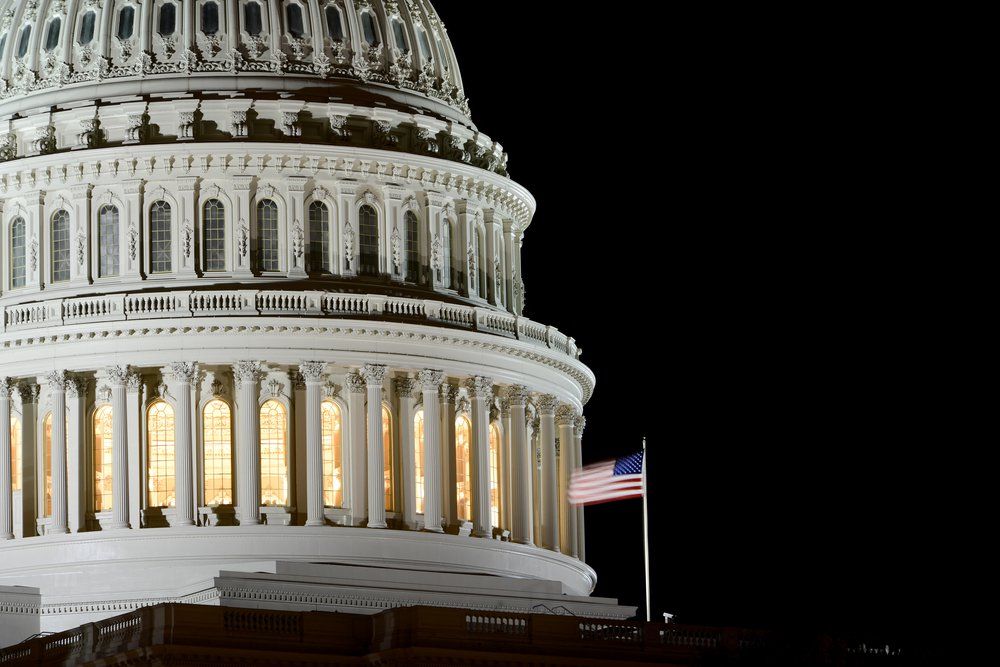Article
National Provider Identifier: Many providers are dazed and confused in the NPI era
Two recent studies suggest that many healthcare providers weren't ready when the May 23 deadline came to submit insurance claims with only the new National Provider Identifier. What's at stake is millions if not billions of dollars in rejected claims.
Two recent studies suggest that many healthcare providers weren’t ready when the May 23 deadline came to submit insurance claims with only the new National Provider Identifier. What’s at stake is millions if not billions of dollars in rejected claims.
The NPI was created by the landmark HIPAA legislation to replace the various identifiers that doctors and other providers have used with third-party payers, including Medicare. You must use the NPI not only for electronic claims, but also for any electronic transmission covered by HIPAA. That means queries on eligibility and claims status, and authorization requests.
Beginning March 1, providers had to submit their NPI (available through an online application process), although they were free to continue submitting so-called legacy identifiers in combination with the new number. But by May 23, providers were supposed to submit electronic claims with only the NPI.
However, when a third-party billing company called Emdeon Business Services studied a week’s worth of claims for professional services in late April, it discovered that seven percent were missing an NPI for the so-called “billing provider,” or the organization submitting the bill. Every claim must include a “billing provider” NPI, whether it’s for the professional corporation of a solo doctor or a limited liability corporation of a group practice. This batch of defective claims, worth $228 million, would be rejected outright, according to Emdeon.
The omission rate was even higher where additional NPIs were required in more complex group structures and more complex patient-care scenarios. For example, you’d need a “rendering provider” NPI for an orthopedic physician assistant who treats a patient with a sprained ankle and a “supervising provider” NPI for the orthopedist who oversees him. If the patient’s internist referred him to the orthopedist, you’d need a “referring provider” NPI for the internist. If they all belong to a multispecialty group, and it submits the bill, its “billing provider” NPI needs to be included. But if the insurance check is supposed to go to a hospital system that owns the group, the claim should have a “pay-to provider” NPI for the hospital system.
Confused? Everybody else appears to be. Emdeon calculated that if payers were to require NPIs for all relevant parties, the rejection rate for the claims it studied would reach 70 percent, costing healthcare providers $2.5 billion. “It’s up to payers to decide how strictly they want to enforce the NPI,” says Mike Denison, a senior director of strategic projects at Emdeon. He suggests that payers might want to overlook NPI omissions beyond the primary provider categories of billing, rendering, and pay-to.
A similar picture of NPI disarray emerges in a survey conducted in early April by the Healthcare IT Transition Group. Entities submitting professional claims reported that a mere 30 percent contained an NPI only when rendering, billing, and pay-to providers were involved, and eight percent lacked an NPI entirely. Almost 70 percent of providers stated that third-party payers were giving them conflicting advice about the NPI. Healthcare IT Transition Group faults Medicare in particular for “late, enigmatic and…unjustifiable guidance.”
The healthcare industry “is far behind schedule” in converting to the NPI, the study concluded.





